A herniated disc injury is a painful and commonly sustained injury in car accidents and falls. The value of herniated disc injury claims depends on a number of factors. To illustrate this, let me tell you the story of my past client, Rachel.
Rachel’s case involved a car accident, but what I’m going to teach you in this video applies to all types of personal injury claims, including but not limited to slip and trip and fall incidents and any other type of injury case.
Rachel’s Story
Rachel’s car accident happened while she was stopped due to traffic on the highway when a vehicle behind her struck another vehicle, pushing that vehicle into Rachel’s car. The other driver was at fault, and his insurance company accepted liability. This is what we call a “damages case.” The biggest issue in dispute with the other driver’s insurance company was the nature and extent of Rachel’s damages.
When Rachel first called me months after her car accident, she had been receiving chiropractic treatment. Following her accident, she also got an MRI on her neck and lower back that revealed two herniated discs in her neck and another herniated disc in her lower back.
A herniated disc, also known as a disc protrusion, ruptured disc, or slipped disc, can occur in any disc in your spine, whether it is present in your neck or back. A herniated disc occurs when the soft center of a spinal disc pushes through a crack in the tougher exterior casing.
Initiating Settlement Negotiations
With the MRIs revealing that Rachel had sustained objective injuries to her neck and lower back, I was now in a position to initiate settlement negotiations with the other driver’s insurance company. I sent a written demand to the other driver’s insurer, demanding that they pay out the policy limits. They did, but we were not done.
Rachel had underinsured motorist insurance coverage on her automobile policy, which allowed her to pursue an additional claim for her injuries since the other driver did not have enough insurance to cover the full extent of her damages. This was a good thing.
Pursuing Additional Claims
After we settled with the other driver’s insurance company for the policy limits, I then sent a written demand for the policy limits to my client’s underinsured motorist insurance carrier. The underinsured motorist insurer responded with an offer of only $22,000. I was confident, however, that Rachel’s claim was worth more, so I filed a lawsuit. The underinsured motorist insurer finally offered to pay out the underinsured motorist coverage policy limits.
Rachel got a total settlement of $75,000 plus she also received $10,000 in personal injury protection benefits, bringing her total recovery to $85,000. Had more insurance been available, I’m confident we would have been able to obtain even more. If she had had to undergo surgery to repair her herniated disc injuries, the value of her case would have also been higher.
Factors Affecting Injury Case Value
All injury cases, including herniated disc injury cases, are highly dependent upon not only the nature and extent of the injury but also the type and amount of medical treatment you have to receive. If you have to undergo surgery, the value of your case increases.
The thing is, just because you have sustained a herniated disc in an accident that was not your fault, it does not mean the insurance company will just pay you a fair amount to settle your case without you having to put in any work. In fact, in many cases, you have to fight it out in court with the insurance company in order to get a fair settlement.
In this video about to pop up right here, I’ll tell you why in many cases you must file a lawsuit in order to get a fair settlement in your injury case.
Lastly, if you’ve been injured in Kentucky, remember: don’t wait, call Tate.
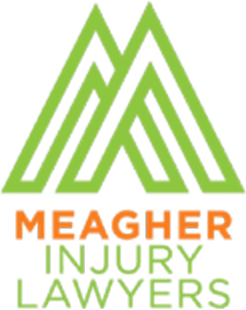
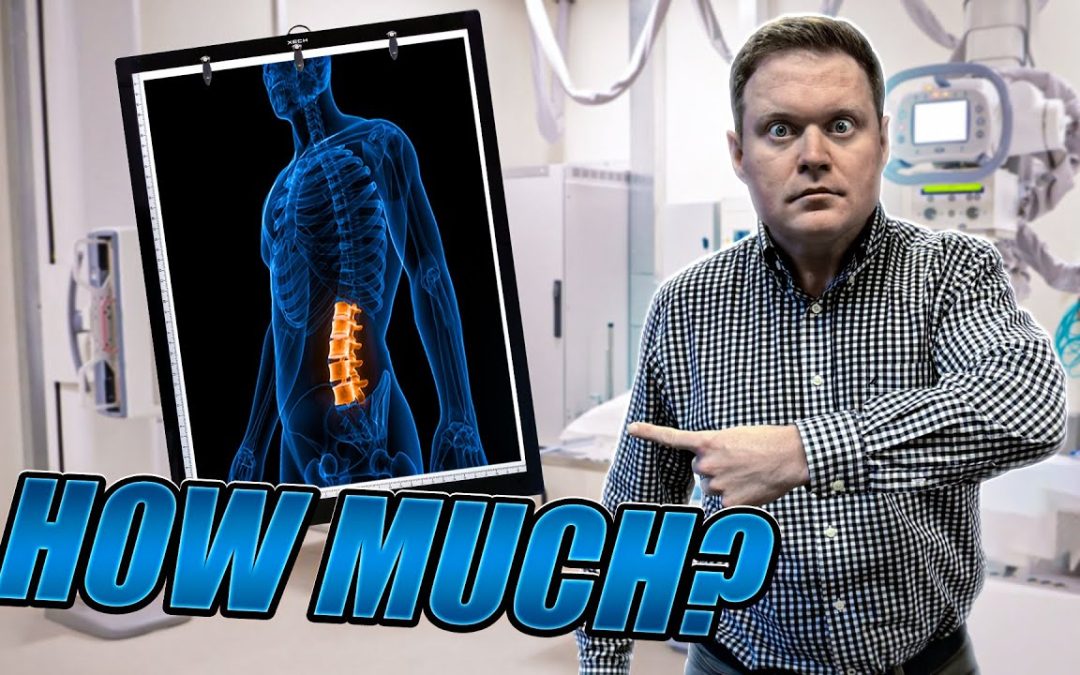

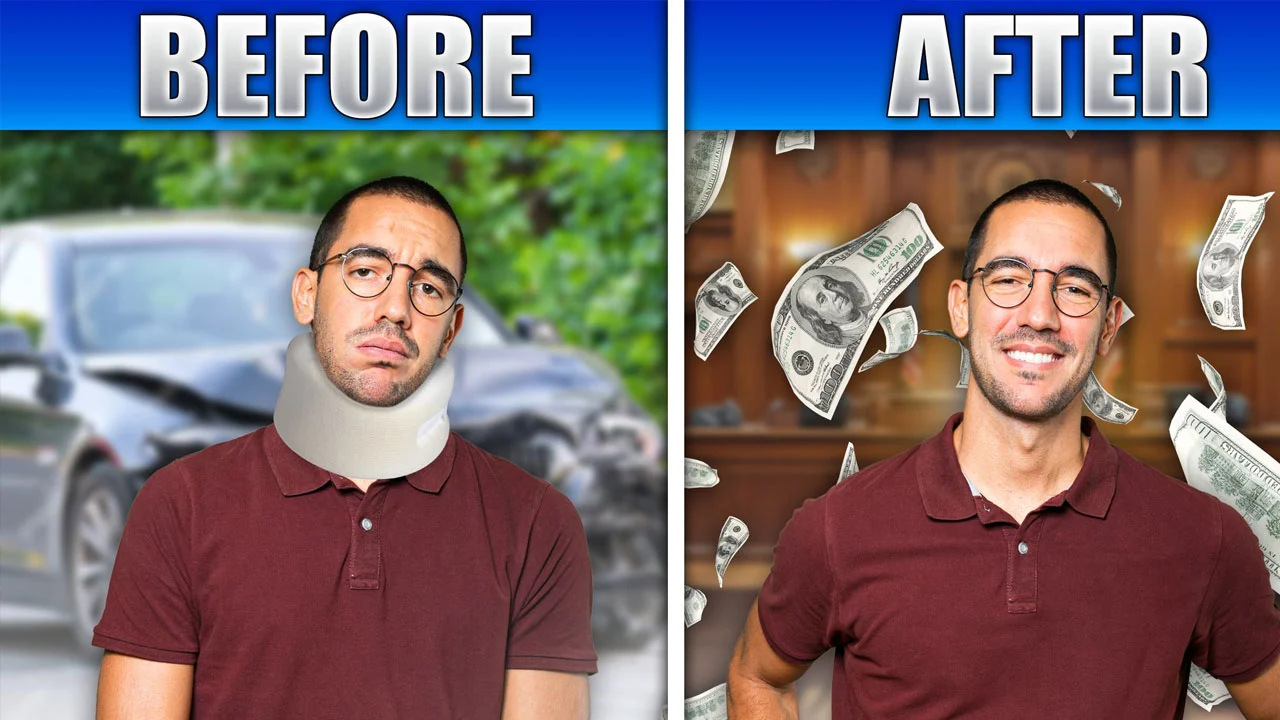

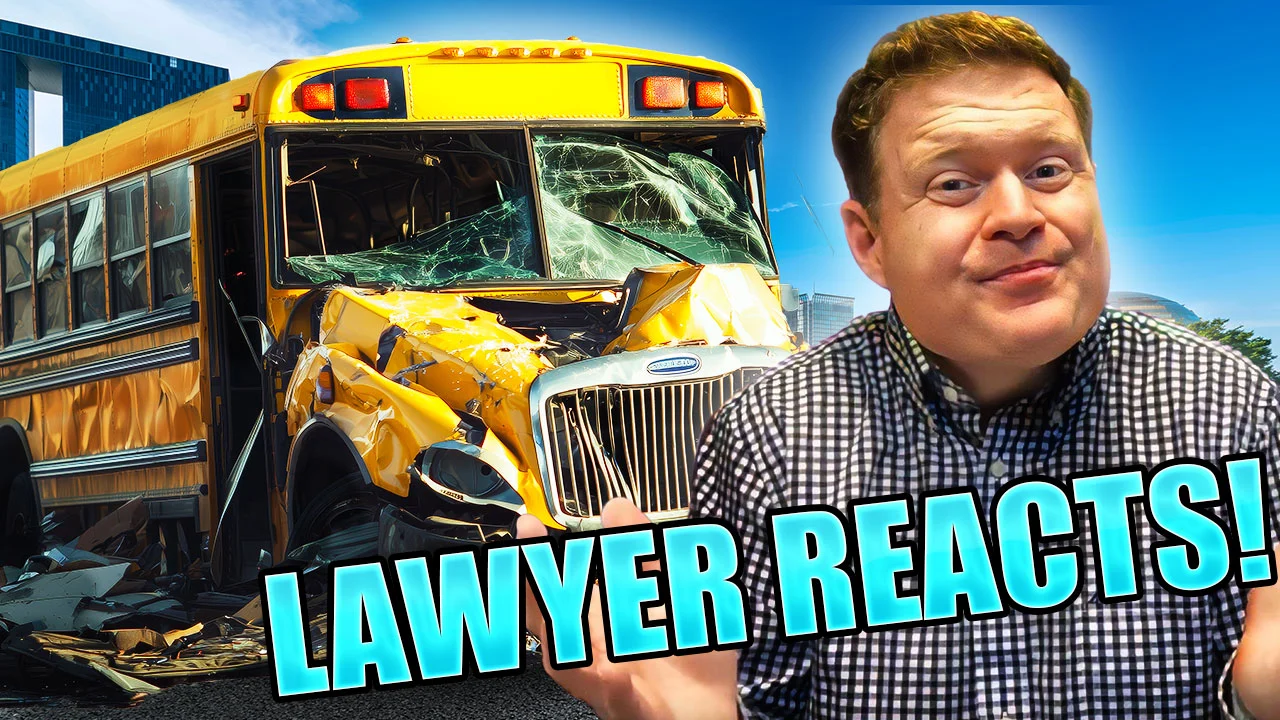

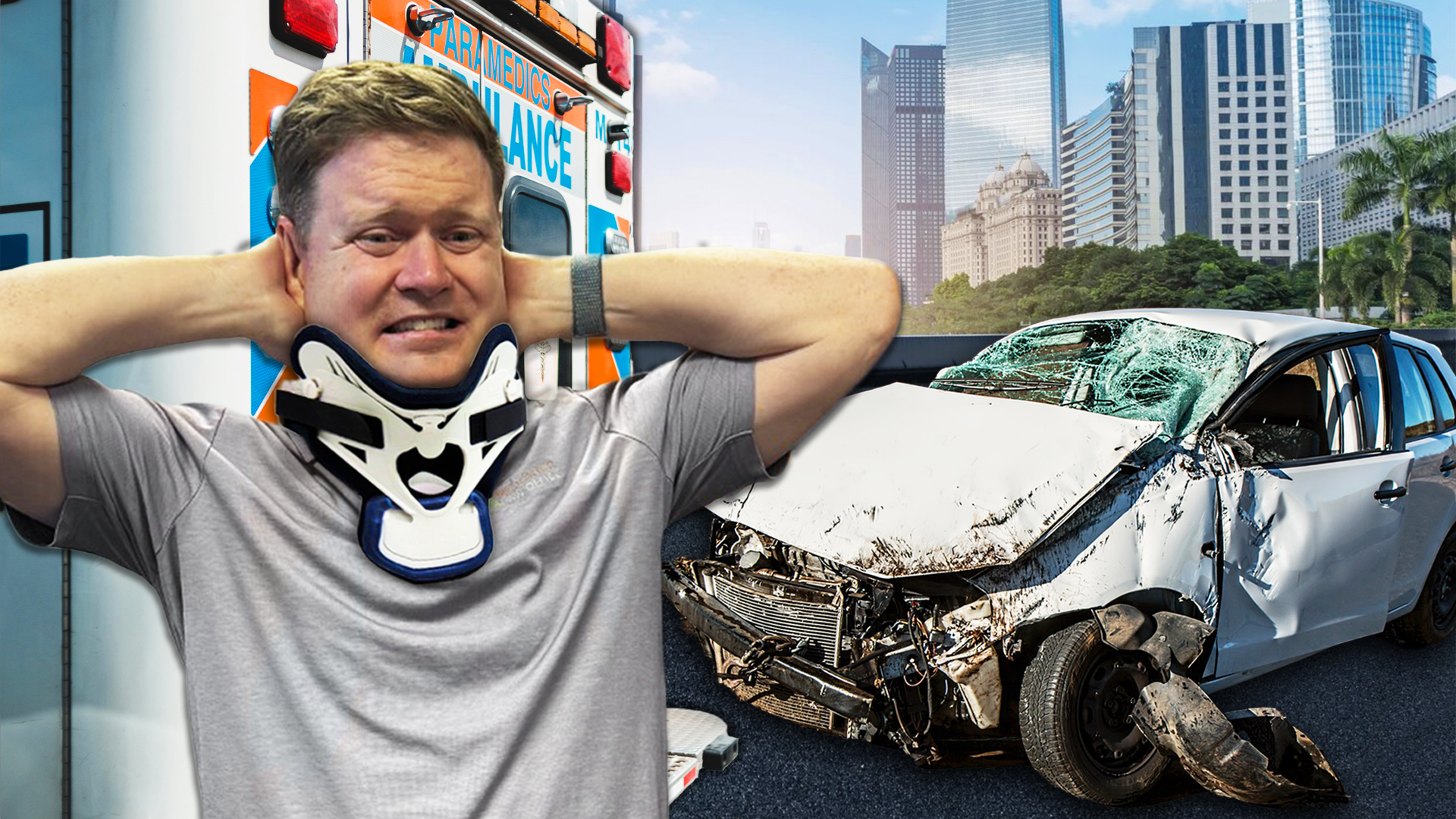
Recent Comments